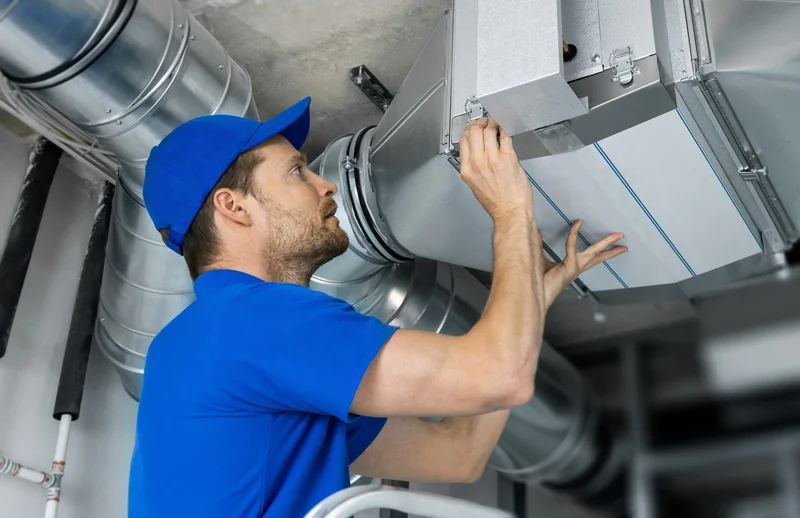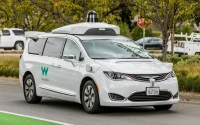It sounds like a bad joke, right? A professional baseball player, a finely tuned athlete on a $63 million contract, is forced out of a game not by a blistering fastball, but by a broken air conditioner. When Los Angeles Angels pitcher Yusei Kikuchi cramped up after warming up in a sweltering, un-air-conditioned weight room, it wasn't just an embarrassing headline for a struggling franchise. It was a perfect, almost painfully literal, metaphor for the fragile, invisible infrastructure our entire modern world is built upon.
The team's general manager claimed the AC was "great, very cold," even as the player told a different story. Then, almost comically, a job posting for a part-time `hvac technician` appeared on the Angels' website the very same day. You can’t make this stuff up.
But this isn't just about baseball or a single faulty `hvac system`. This is a canary in the coal mine. We see these fractures everywhere if we look closely. We see it in reports that BART requires HVAC shutdowns to keep smoke out, leaving passengers to bake in stagnant air. We see it when an HVAC company Bosch Home Comfort lays off 200 workers in Wichita, a sign of turbulence in an industry that should be at the absolute center of our conversations about health, climate, and productivity.
These aren't isolated incidents. They are symptoms of a deep, systemic problem. The technology that manages the very air we breathe in our homes, offices, and public spaces is, for the most part, shockingly primitive. It’s a brute-force tool from a bygone era. So why are we still relying on such a clumsy, one-size-fits-all approach to our most essential resource? Are we really just going to accept that the systems meant to keep us safe and comfortable are this fragile?
The Brittle Foundation We Barely Notice
Let’s be honest. Most of us think about our HVAC system about as much as we think about the foundation of our house—which is to say, never, until it cracks. For decades, the model hasn't really changed. A big, dumb box sits on a roof or in a basement, blasting chilled or heated air through vents based on a single data point from one thermostat on one wall.
This is like trying to perform surgery with a sledgehammer. It’s inefficient, unintelligent, and spectacularly wasteful. It treats a building full of unique individuals with unique needs as a monolithic block of air. The result? Office temperature wars, massive energy bills, and, as Yusei Kikuchi discovered, a complete failure to adapt when conditions change.
The industry that supports this model, full of `hvac companies` focused on routine `hvac maintenance` and emergency `hvac repair`, is built on a reactive framework. It’s a world of replacing filters and fixing broken compressors. This isn't a knock on the hardworking people doing `hvac jobs`; it's an observation about the paradigm they're forced to work within. The entire philosophy is rooted in the 20th century.

Think of it this way: We carry supercomputers in our pockets that can communicate instantly with satellites in orbit, yet the systems that manage our indoor environments—where we spend 90% of our lives—are often less sophisticated than a smart toaster. How is this possible? What happens when this brittle foundation is stressed not just by a hot day in Anaheim, but by pandemics, climate events, and the demand for peak human performance? We’re already seeing the answer, and it isn’t pretty.
From Climate Control to Living Ecosystems
This is where my frustration turns into pure, unadulterated excitement. Because the solution isn't just a better thermostat or a more efficient `hvac unit`. The solution is a complete paradigm shift. We are on the cusp of moving from "climate control" to creating intelligent, responsive, living ecosystems. When I first read about the next generation of building management systems, I honestly just sat back in my chair, speechless. This is the kind of breakthrough that reminds me why I got into this field in the first place.
Imagine a building that functions less like a machine and more like a biological organism. We're talking about buildings with a distributed sensor network—a central nervous system, really—that monitors everything from CO2 levels and airborne particulates to humidity and even occupant biometrics in real-time. In simpler terms, this means your office could know you're feeling drowsy and subtly increase the fresh air exchange in your specific zone. It could detect a virus in the air in one corner of the building and instantly modify airflow patterns to contain it, protecting everyone else.
This isn't just about a better `commercial hvac` setup; this is about creating environments that actively enhance human health, cognition, and well-being. The speed at which this is developing is just staggering—it means the gap between a dumb building and a living, breathing ecosystem is closing faster than we can even comprehend. We’re not just talking about comfort anymore; we’re talking about creating spaces that make us smarter, healthier, and more creative.
This leap is no different than the one from the town well to indoor plumbing, or from the candle to the electrical grid. It’s a foundational change that will unlock human potential we can’t yet fully imagine. Of course, with this power comes immense responsibility. A building that knows our biometric data raises profound questions about privacy and consent that we must address with thoughtful, human-centric design. We can't build this future without building trust into its very architecture.
But what does a world look like where our environment is a true partner in our well-being, not just a passive background? What new levels of collaboration and discovery could we unlock in spaces designed to optimize our very brain chemistry? That’s the future that’s being built right now, not in some far-off lab, but by the innovators and `hvac contractor` firms bold enough to see beyond the next `hvac installation` job.
Beyond The Thermostat
Forget the idea of "heating and cooling." That’s the language of the past. The real revolution is in creating personalized, predictive, and health-promoting atmospheric environments. The story of a sweaty pitcher isn't an indictment of one team; it's a call to action for all of us. It's a reminder that the most profound technological advancements aren't always the ones we can hold in our hands. Sometimes, they're in the very air we breathe. And that air is about to get a whole lot smarter.









